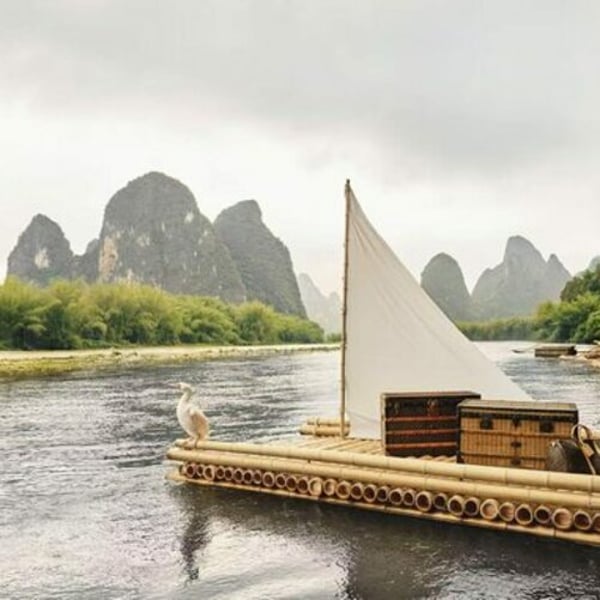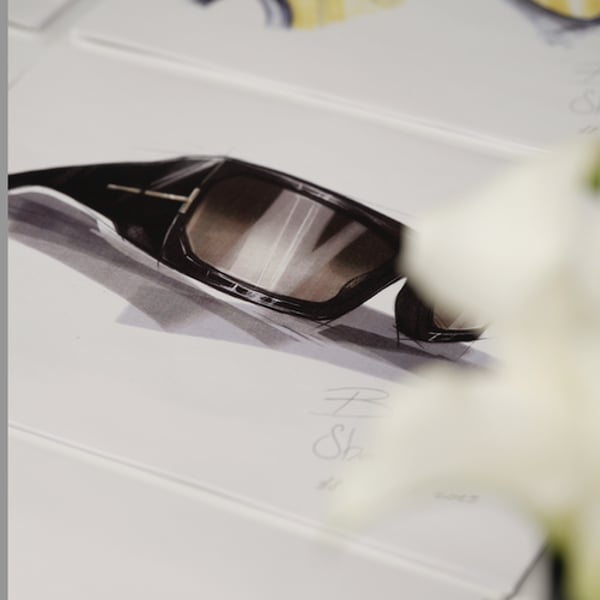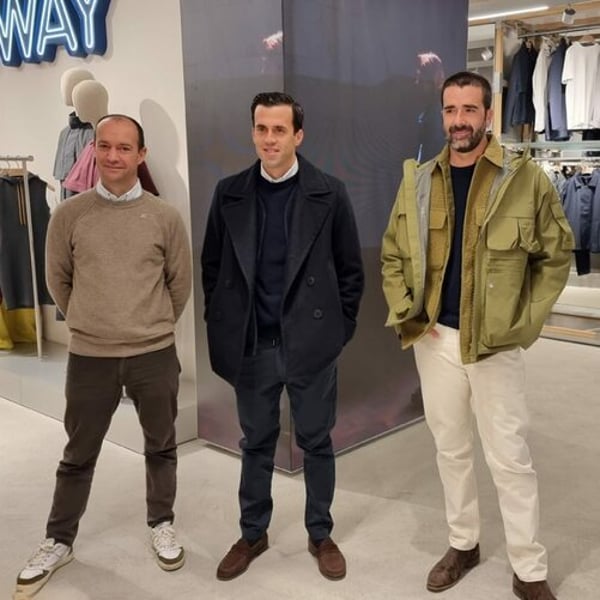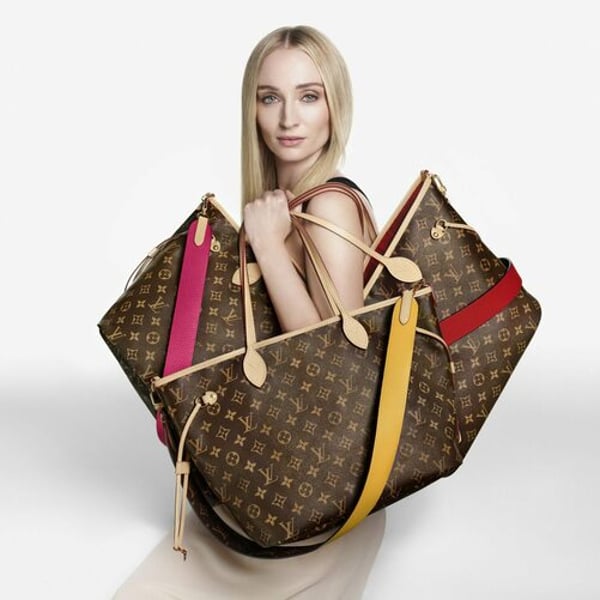Last week, Louis Vuitton unveiled a significant new space in Shanghai, “The Louis,” which seamlessly integrates retail, Le Café Louis Vuitton, and the “Louis Vuitton Visionary Journeys” exhibition within a magnificent boat-like facade.

Since the opening of the brand’s first store in Beijing’s Palace Hotel in 1992, Louis Vuitton embarked on its journey into the Chinese market with its iconic Monogram symbol. It wasn’t until the “Louis Vuitton: Voyages” exhibition at the National Museum of China in Beijing in 2009 that the brand’s design philosophy and historical heritage were systematically communicated to Chinese consumers for the first time, marking the completion of Louis Vuitton’s journey of cultural integration with the East.
Later, Louis Vuitton’s “City Guides” series—featuring 32 themed editions—blended its travel philosophy with urban cultural heritage, creating “portable city memories.” In 2022, the Louis Vuitton show in Anaya and the House of Louis Vuitton in Chengdu each became recognized cultural landmarks.
Luxury groups in China are increasingly embracing “cultural long-termism.” LVMH, Louis Vuitton’s parent company, outlined its 2024 China strategy as a shift from short-term traffic tactics to a long-term cultural approach. During the Q1 2025 earnings call, CFO Jean-Jacques Guiony reinforced this direction, emphasizing that sustainable growth in China relies on deeply understanding cultural consumption cycles—not merely reacting to technological trends.
Now, more than three decades later, the brand exemplifies the core principles of Chinese business wisdom through three major events.
Right time (天时 Tiānshí)
At the beginning of June, Louis Vuitton, in collaboration with China Post and DeepSeek AI, launched a pop-up store at the Shanghai Post Museum. This initiative transforms the brand’s travel philosophy into digital art and co-branded stamps, aiming to revitalize traditional letter culture amidst the resurgence of cultural tourism and the digital “Guócháo(国潮)” trend.

Since its inception, “The Art of Travel” has been central to Louis Vuitton’s identity. Through publications such as the “City Guide,” which explores urban landscapes, the “Fashion Eye” series featuring evocative photography, and the “Travel Book” with its artistic reflections on destinations, the brand has crafted a narrative universe centered on exploration. These works embody the belief that “Life is a Journey,” inviting readers to embark on inspiring odysseys through each page. This collaboration has opened new channels of dialogue with the brand’s next generation of target consumers.
Right place (地利 Dìlì)
At the end of June, “The Louis” was completed at Taikoo Hui on Wujiang Road. This ship-shaped structure pays homage to Louis Vuitton’s nautical heritage and Shanghai’s port culture. Inside, a 1,200 sq. m. exhibition, a collaboration with OMA, and localized dining options—including Monogram dumplings—deeply integrate the spatial narrative with the city’s spirit. This integration of “spiritual symbols” demonstrates Louis Vuitton’s profound understanding of local culture, signifying that a fragmented, symbolic approach is obsolete in favor of a cohesive cultural interpretation.
Right people (人和 Rénhé)
Starting from July, the new travel campaign—beginning along the legendary Lijiang River landscape, captured by American photographer Alec Soth—showcases the Soft Keepall bag on a bamboo raft and Monogram Horizon suitcases with a convoy. Through an international lens, this campaign sheds the “Western gaze” and aims to evoke widespread emotional resonance with Eastern natural aesthetics.
Following Guilin, the travel campaign will continue to explore China’s diverse landscapes. Together with the other two major events, this initiative aims to seize timely opportunities, deepen urban connections, and cultivate cultural empathy.

As Louis Vuitton’s presence in the Chinese market quietly extends beyond three decades, it has transcended its origins as a Western luxury symbol to become a cultural and commercial touchstone—growing in tandem with China’s ’90s-born generation of consumers.
This intergenerational brand evolution can be understood through the dimensions of time, place, and people—navigating market cycles, integrating into the local market, and solidifying consumer perception. This strategic progression, mirroring the ancient Chinese wisdom of “Right Time, Right Place, and Right People,” has propelled Louis Vuitton’s transformation from a mere “top luxury leather goods” brand to a “culturally beloved entity in China,” showcasing the brand’s enduring power of continuous evolution beneath its classic heritage.
Written by Sissi Chu
Copyright © 2025 FashionNetwork.com All rights reserved.







